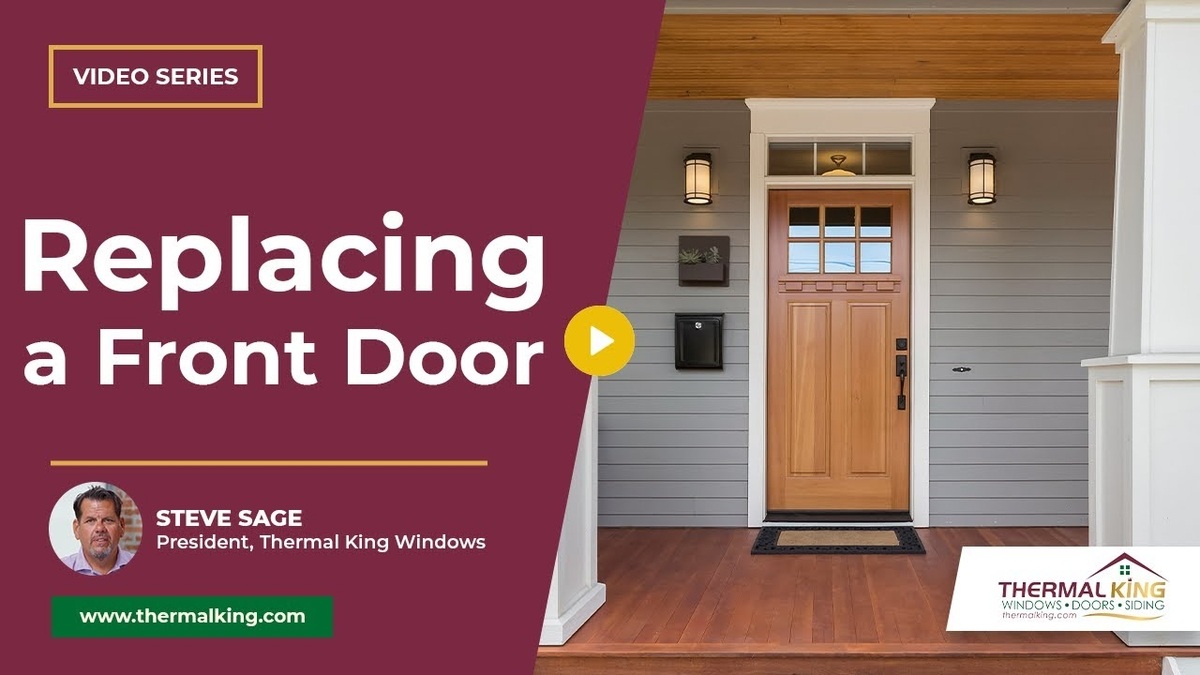Homeowners often face high energy bills and fluctuating indoor temperatures. One of the most effective ways to tackle these issues is by upgrading your home windows. But with so many options, how do you decide which glass is the best? The answer lies in understanding how different glass types impact energy efficiency, comfort, and long-term savings. Let’s explore the factors that make one window glass better than another.
Understanding Window Efficiency
The drive to improve efficiency is central to modern window design. Homeowners want windows that save on utility costs and provide year-round comfort. But window efficiency doesn’t come down to a single factor. It’s a combination of glass layers, coatings, and gas fills that collectively determine how well a window resists heat transfer. In fact, what contributes to window efficiency can be complex, which is why we’re here to break it down.
The Role of Glass Layers and Air Spaces
What difference does glass layering make? Each layer in a window adds to its insulating power. For example, a double-pane window has two layers of glass with a single “dead air” space in between, creating one insulation layer. This dead air space acts as a buffer, slowing the transfer of heat and cold through the glass. On the other hand, a triple-pane window has three layers, creating two dead air spaces. Each added air space significantly improves insulation, slowing down temperature changes and helping to maintain indoor comfort.
Why Triple Glass Wins on Efficiency
If efficiency is your top priority, triple glass is the clear winner. A double glass window, even one with multiple coatings and gas fills, can’t match the insulating performance of a triple glass window. Here’s why:
- Two Air Spaces for Insulation: Triple-pane windows have two dead air spaces instead of one, creating an additional barrier against heat transfer.
- Gas Fills for Better Insulation: The air spaces in these windows can be filled with insulating gases like argon. With two spaces, both can be filled, enhancing the window’s insulation even more.
- Additional Glass Layer for Coatings: Each pane offers an additional surface for Low-E coatings, maximizing the window’s ability to reflect heat as needed.
Heat Transfer Through Windows
Why does heat transfer matter so much? Single-pane glass allows heat to pass through almost instantly, offering little to no insulation. In contrast, double-pane glass slows this process, though heat still comes through relatively quickly. Triple-pane glass, with its multiple layers and air spaces, reduces heat transfer significantly. With triple-pane windows, the conduction of hot or cold air is slowed to a level that double-pane windows can’t match.
The Role of Technology in Window Efficiency
Today’s window efficiency isn’t just about glass layers. Advanced technology, like insulating gases and Low-E coatings, plays a major role. Here’s how each component contributes:
- Insulating Gases: Argon or krypton gas fills between panes reduce heat transfer, as they are denser than air. This means that in both summer and winter, these gases help maintain your home’s temperature more effectively.
- Low-E Coatings: “Low-E” stands for low emissivity, and these coatings are designed to reflect heat. In the summer, Low-E coatings reflect heat away from your home, keeping interiors cooler. In winter, they help keep warmth inside, enhancing the overall efficiency.
Comparing Double and Triple Glass Windows
You’ll often hear about double glass windows that boast multiple Low-E coatings and gas fills. While these features improve efficiency, a double glass window will never outperform a triple glass window simply due to the added layer of insulation that triple glass provides. The two dead air spaces in a triple glass window each contribute to better insulation, whereas a double glass window has only one. If you’re comparing options, the added insulation in triple glass is well worth it.
The Limitations of Double Glass Windows
Why don’t all window companies offer triple glass? Most windows are designed to support two panes, but a third pane adds substantial weight. Many frames aren’t built to carry the load of three glass layers, which is why most companies stick with double glass.
So, which glass is best for home windows?
If your primary goal is maximum efficiency and long-term energy savings, triple glass windows are the top choice. They offer superior insulation, better temperature control, and greater comfort, especially in extreme climates. While double glass is a solid choice, it doesn’t provide the same level of efficiency as triple glass.
If your frame can support it, and you’re focused on reducing energy bills while enhancing comfort, triple glass with Low-E coatings and argon gas fills is the way to go.
In Summary
Choosing the best glass for home windows boils down to the balance between initial investment and long-term savings. Triple-pane windows, with their multiple air spaces, gas fills, and Low-E coatings, offer an unmatched level of insulation, making them the best choice for efficiency-conscious homeowners. Double glass windows still offer decent efficiency, but for those looking for the ultimate in performance, triple glass is worth the upgrade.
For expert guidance on finding the best windows for your home, contact us to discuss the best options tailored to your needs and budget.



